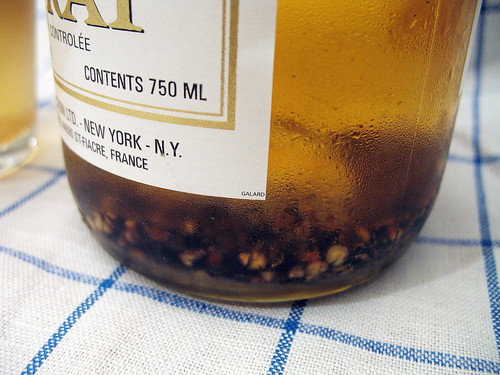

I'm sure it's meant to be served as an apéritif and it's terrific with cheese and olives and other foods that traditionally accompany apéritifs, but if you like pepper you may find yourself drinking it right through dinner. For that reason I can't tell you what happens if you leave the peppercorns in the wine for a very long time — I prepared several bottles this way late last summer and none lasted more than a couple days.
The Vouvray I used most often was this one (a 2008 Domaine de Vaufuget). Falaise says you can also use a Saumur. Both Saumur and Vouvray are made from Chenin Blanc grapes; generally Saumur is dry and Vouvray is off-dry.
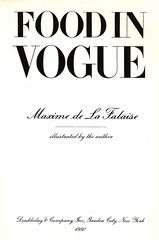
Falaise credits this concoction to André Lemaire's Les Secrets du Docteur and gives instructions for several of his other "love philters." I'm intrigued by the one that calls for adding a few drops of ginseng essence to tomato juice ("[a] Tarzan trick for vegetarians") but haven't tried it yet. I'm planning to write about Food in Vogue as the next book in my series of reviews of out-of-print cookbooks and if I've made a Bloody Mary with priapic powers by the time I do, I'll be sure to tell you about it.
You probably won't need to bother straining the wine until you get to the last glass. I've seen pre-cracked peppercorns for sale but wouldn't recommend buying them unless you plan to use them all quite soon; it's easy enough to crack whole peppercorns as needed. Just put them on a clean dishtowel, fold half the towel over them, and give them a few whacks with a hammer or a rolling pin.


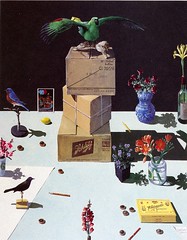

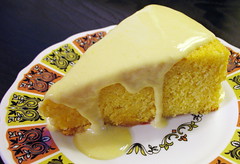
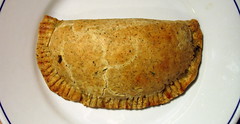


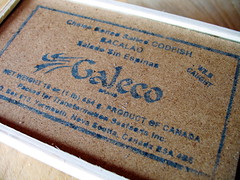

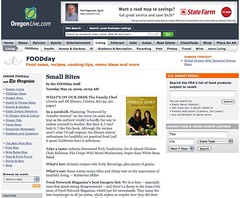


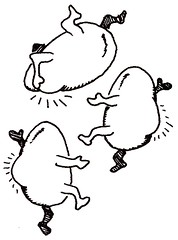
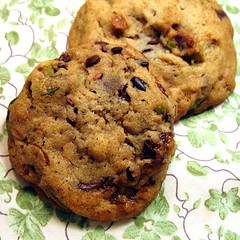

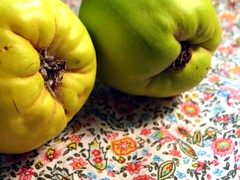
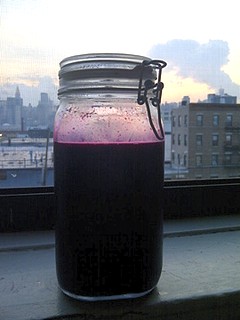
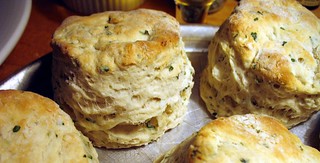

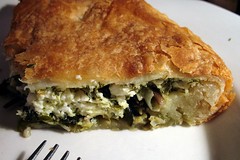


This is going on my to make soon list. I love Vouvray. I love black pepper. I can taste the combination in my mind, and I'm enjoying each sip. Thank you for the inspiration.
ReplyDeleteLet me know how it goes, but it sounds like you'll love it! I'm doing some other infusions right now with pink peppercorns and long peppers but I haven't done much tasting yet, just a little waiting.
ReplyDelete